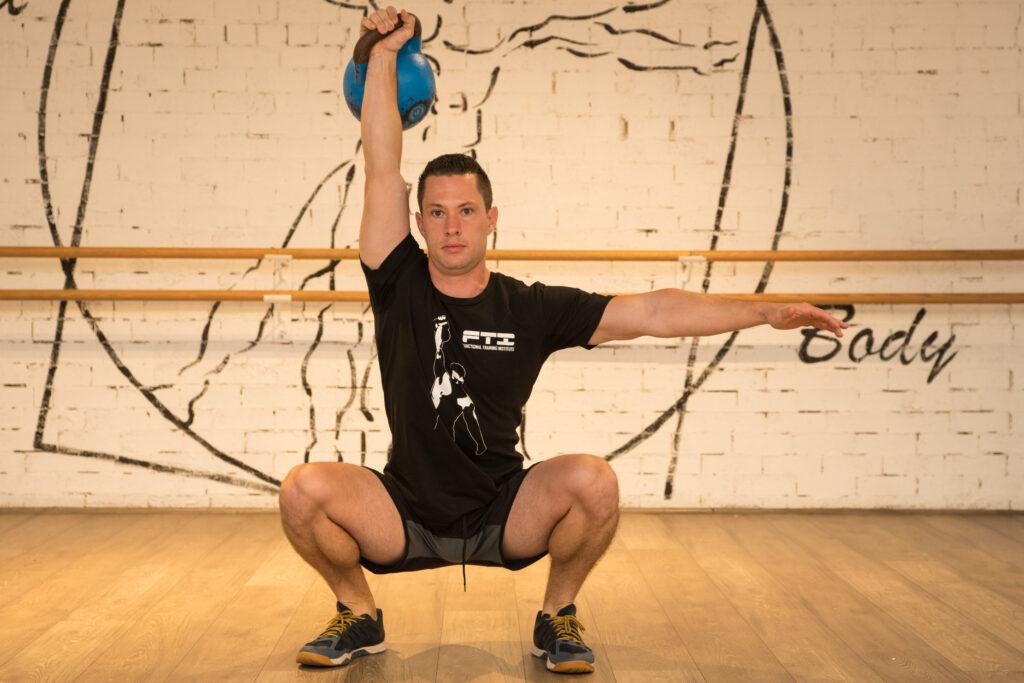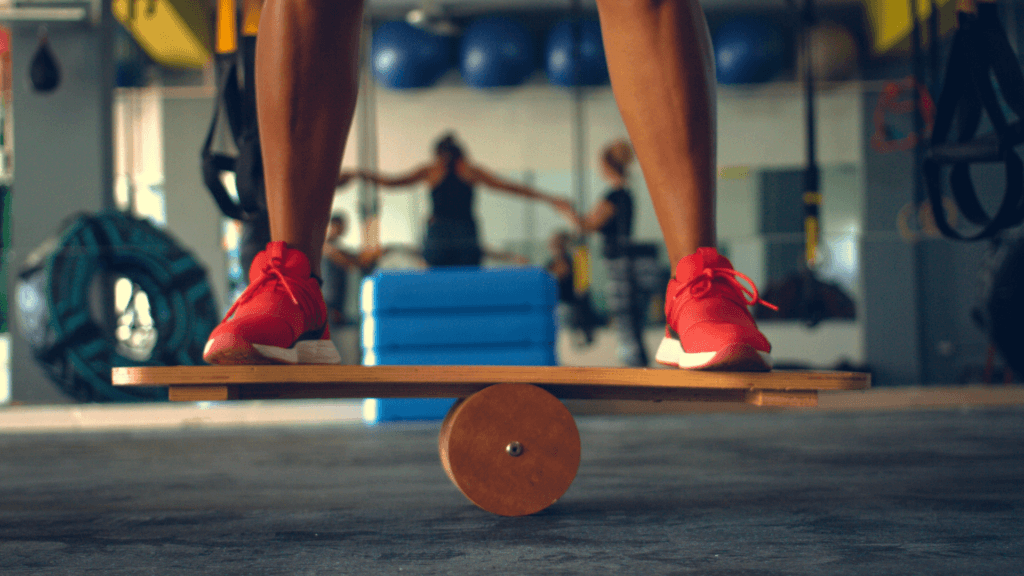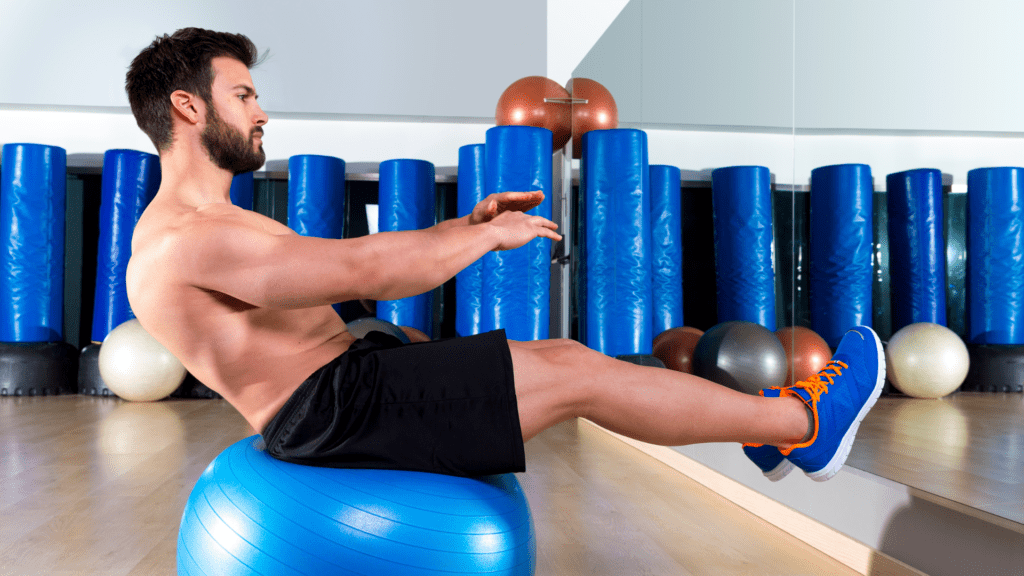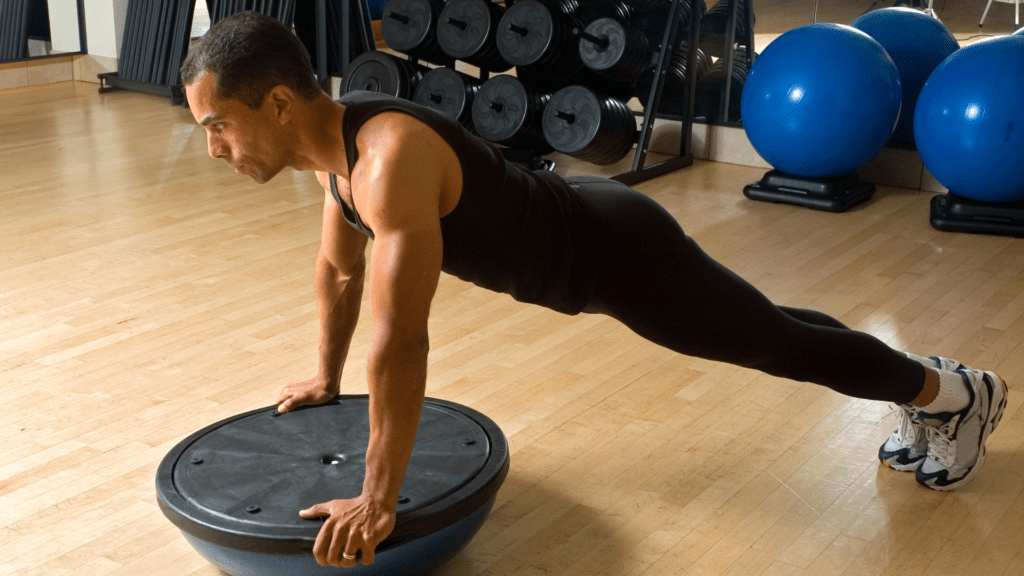The journey to achieving fitness goals is an ongoing process of growth and improvement. One crucial strategy for making progress and attaining long-term success in fitness is through the concept of progression. In particular, transitioning from stable to unstable exercises can provide numerous benefits and challenge your body in new and exciting ways. By understanding the principles behind stability and instability training and incorporating progressive techniques into your fitness routine, you can unlock greater strength, stability, and overall fitness. This article explores the significance of progression in fitness and guides you on how to effectively incorporate unstable training into your workouts for optimal results. For personal trainers, this approach can be a game-changer in helping clients achieve their fitness aspirations.
Introduction: The Importance of Progression in Fitness

In the pursuit of fitness goals, we all recognize the need for hard work and dedication. Yet, one strategy often overlooked is progression. Whether your aim is to build strength, improve flexibility, or lose weight, progressing your workouts is essential for continued success.
Progression entails gradually increasing the challenge of your workouts over time. This can involve lifting heavier weights, increasing the intensity of cardio exercises, or trying new training methods. By continually pushing your boundaries, you keep your body guessing and prevent plateaus.
Understanding Stability and Instability Training

Defining Stability and Instability Training
When it comes to progressing your workouts, one effective method is incorporating stability and instability training. Stability training involves exercises performed on a stable surface, such as the ground. On the other hand, instability training introduces unstable surfaces or equipment, like a balance board or Swiss ball.
How Stability and Instability Affect Muscles and Stabilizer Systems
Stability training primarily targets larger muscle groups and emphasizes strength and power, providing a solid foundation for movement and overall fitness. In contrast, instability training challenges the smaller stabilizer muscles, promoting better balance and coordination.
Benefits of Progressing from Stable to Unstable Exercises

Enhanced Core Strength and Stabilization
Transitioning from stable to unstable exercises offers a range of benefits. One significant advantage is enhanced core strength and stabilization. Unstable training compels your core muscles to work harder to maintain balance, leading to a stronger and more resilient core.
Improved Balance and Coordination
Improved balance and coordination are also significant advantages of unstable exercises. By challenging your body to stabilize on an unstable surface, you train your nervous system to react and adapt quickly, translating into better balance in everyday activities and sports.
Increased Muscle Activation and Challenge
Furthermore, progressing to unstable exercises increases muscle activation and provides a fresh challenge. Unstable surfaces require more muscle fibers to be recruited, resulting in a more intense workout that engages different muscle groups, promoting all-around strength development.
How to Incorporate Unstable Training into Your Fitness Routine

Starting with Basic Stable Exercises
Ready to add some instability to your workouts? Start by incorporating basic stable exercises like planks, squats, and lunges into your routine. These exercises provide a strong foundation for progressing to more challenging unstable movements.
Gradually Introducing Unstable Elements
As you become comfortable with stability exercises, gradually introduce unstable elements. This can involve using a balance board, Bosu ball, or suspension trainer to add an element of instability to your workouts. Start with simple movements and gradually increase the difficulty as your balance and coordination improve.
Integrating Unstable Training into Different Workout Modalities
Lastly, remember to integrate unstable training into different workout modalities, whether you’re into strength training, yoga, or cardio. There are plenty of ways to make your workouts more challenging and engaging by exploring new exercises that incorporate instability.
Common Mistakes to Avoid When Transitioning from Stable to Unstable Training

Skipping Proper Progression Steps
We understand your excitement to dive right into the world of instability, but hold your horses! Skipping the proper progression steps can lead to frustration or, in the worst-case scenario, injuries. Take your time and gradually introduce unstable surfaces and movements into your routine. Your body will thank you for it.
Neglecting Proper Form and Technique
Unstable training can sometimes lead to wonky form and questionable technique. Don’t let your enthusiasm for wobbling overshadow the importance of maintaining proper form. Take the time to understand the correct alignment and mechanics of each exercise before adding the instability factor. It will help you avoid looking like a flailing chicken and, more crucially, prevent injuries.
Overlooking Safety Precautions
While unstable training is a blast, safety should always be a top priority. Pay attention to your surroundings and ensure you have enough space to safely perform your exercises. Trying to balance on a swaying platform in the middle of a crowded gym is not recommended. Be smart, use common sense, and don’t be afraid to ask for assistance if needed.
Overcoming Plateaus: Using Unstable Training to Breakthrough Fitness Barriers

The Role of Unstable Training in Busting Plateaus
Stuck in a fitness rut? Unstable training might be the ticket to break through those stubborn plateaus. By continually challenging your stability muscles and forcing your body to adapt to new movements, you can kickstart progress and keep those gains coming. Plus, it adds a refreshing twist to your workouts that will keep you engaged and motivated.
Targeting Specific Muscle Groups and Movement Patterns
Unstable training isn’t just a random balancing act; it can also be targeted to specific muscle groups and movement patterns. Want to work on your core? Incorporate exercises that challenge your balance and stability, like planks on a stability ball. Looking to improve your lower body strength? Try single-leg squats on an unstable surface. The possibilities are endless, so get creative and give those muscles a good shake-up.
Conclusion: Embracing the Journey from Stable to Unstable for Long-Term Fitness Success
Congratulations, You’ve reached the end of the unstable road, and now it’s time to reflect on your journey. Transitioning from stable to unstable training is a key strategy for long-term fitness success. It not only keeps your workouts fresh and exciting but also challenges your body in new ways, leading to increased strength, and stability. So, embrace the wobbling, embrace the challenges, and remember that fitness is a lifelong journey full of unexpected twists and turns. Keep pushing your limits, and have fun along the way!
Are you a personal trainer looking to delve deeper into instability training and Swiss ball exercises? The Functional Training Institute offers the perfect certification program in Swiss ball training. This certification guides trainers in progressing clients from stable surface training to using instability training as a loaded progression. Take the next step in enhancing your expertise and helping your clients reach their fitness goals.
For for Newsletter

